How to Sell Rare LEGO® Sets

Within the world of collectable toys, rare LEGO® sets are seen as the Holy Grail, with fans all over the world lining up to pay mind-bending sums to get their hands on some of the rarest sets. A LEGO® set usually starts its journey towards posthumous fame when it is retired from production, and its gradually increasing rarity begins to translate into value.
It’s a well-known fact that some retired LEGO® sets rocket in value and popularity as soon as they leave the high street, but selling them can still be a challenge. Don’t worry, though, because we're here to help. In this guide, we’ll cover everything there is to know about selling rare LEGO® sets, from which sets sell best to where the best place is to sell them.
Understanding LEGO® Rarity
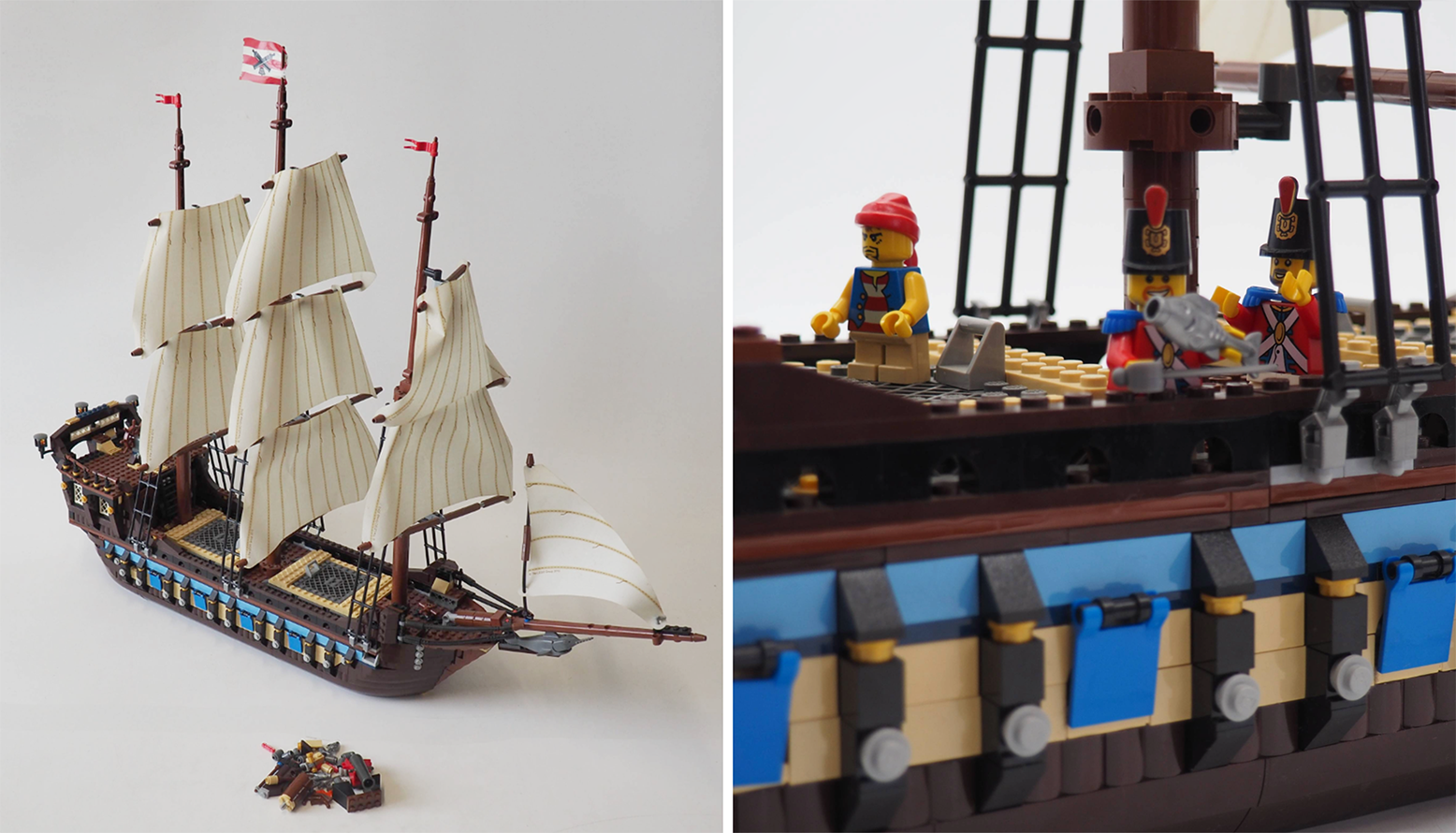
No two LEGO® sets are created equal; some ascend to collectable status, while some quietly fade into memory to become just another footnote in LEGO® set history. Here are some of the factors that determine the post-retail life of each retired LEGO® set:
Limited Production Runs
Some sets are only produced for a short time before the manufacturing stops and supply is frozen. As soon as the supply is switched off, it becomes a matter of time before the remaining stock sells out, and the scarcity of the remaining copies will begin to drive up demand.
Retired and Discontinued
When the LEGO® Group officially retires a set, it will likely start accumulating value. The precise value of each set will depend on demand; collectors often have to spend a premium to acquire these retired sets.
Exclusive Regional Releases
Some sets are only available in certain countries and events; these sets are often highly desirable, in many cases, becoming instant collector’s items.
Special Edition Tie-ins
Every so often, the LEGO® Group will release a set that ties in with the launch of a new video game or film. It's common for these special-release sets to only be available for a very limited time, which only boosts their post-retirement popularity.
Collectable Rare LEGO® sets
Now, let's take a look at some examples of rare LEGO® sets that would give your bank balance a very healthy boost:
Ultra Rare & High Value LEGO® Sets
LEGO® Star Wars Ultimate Collector’s Millennium Falcon (10179)
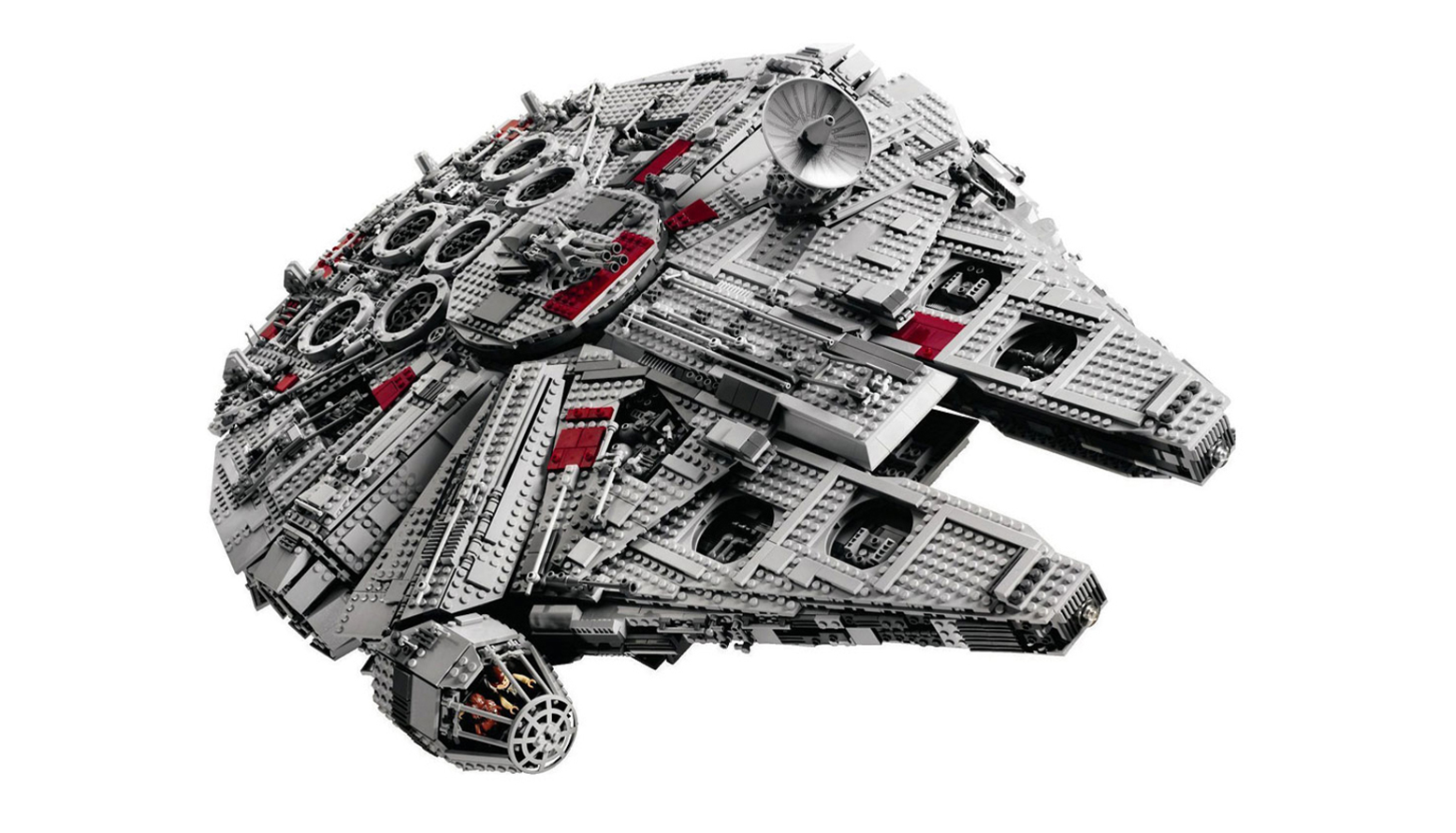
First released in 2007, this set is regarded by many as the ultimate collectable LEGO® set. Consisting of a whopping 5,197 pieces, this legendary set is so sought after that it has a market value of around £2000 - £3000.
LEGO® Taj Mahal (10189 – First Edition)
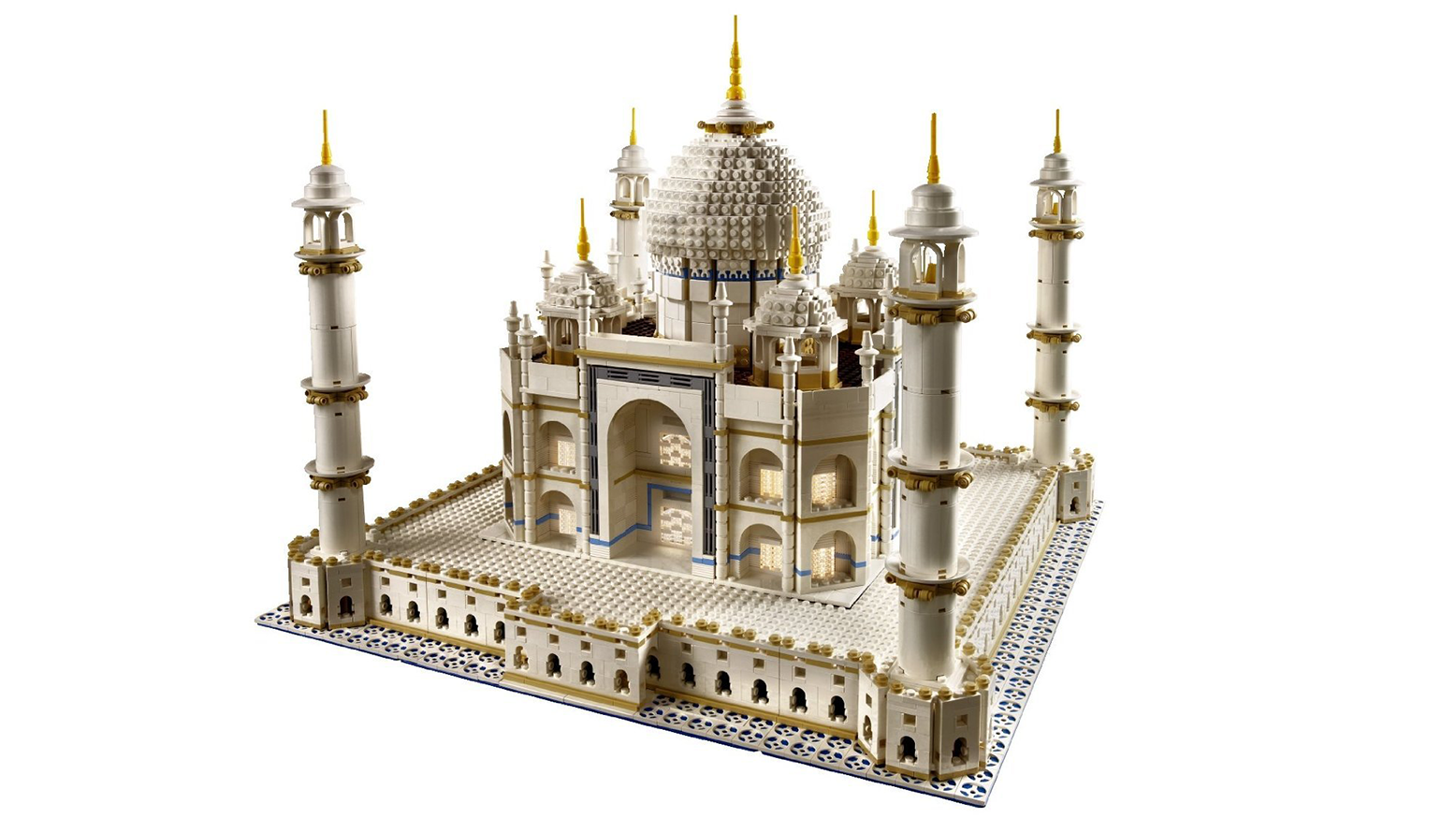
Originally released in 2008, this set was not only incredibly detailed but also held the record for being the largest LEGO® set in the world for several years. Even though a new Taj Mahal set was released in 2017, which devalued the first edition, copies in mint condition are still worth around £1000.
LEGO® Café Corner (10182)
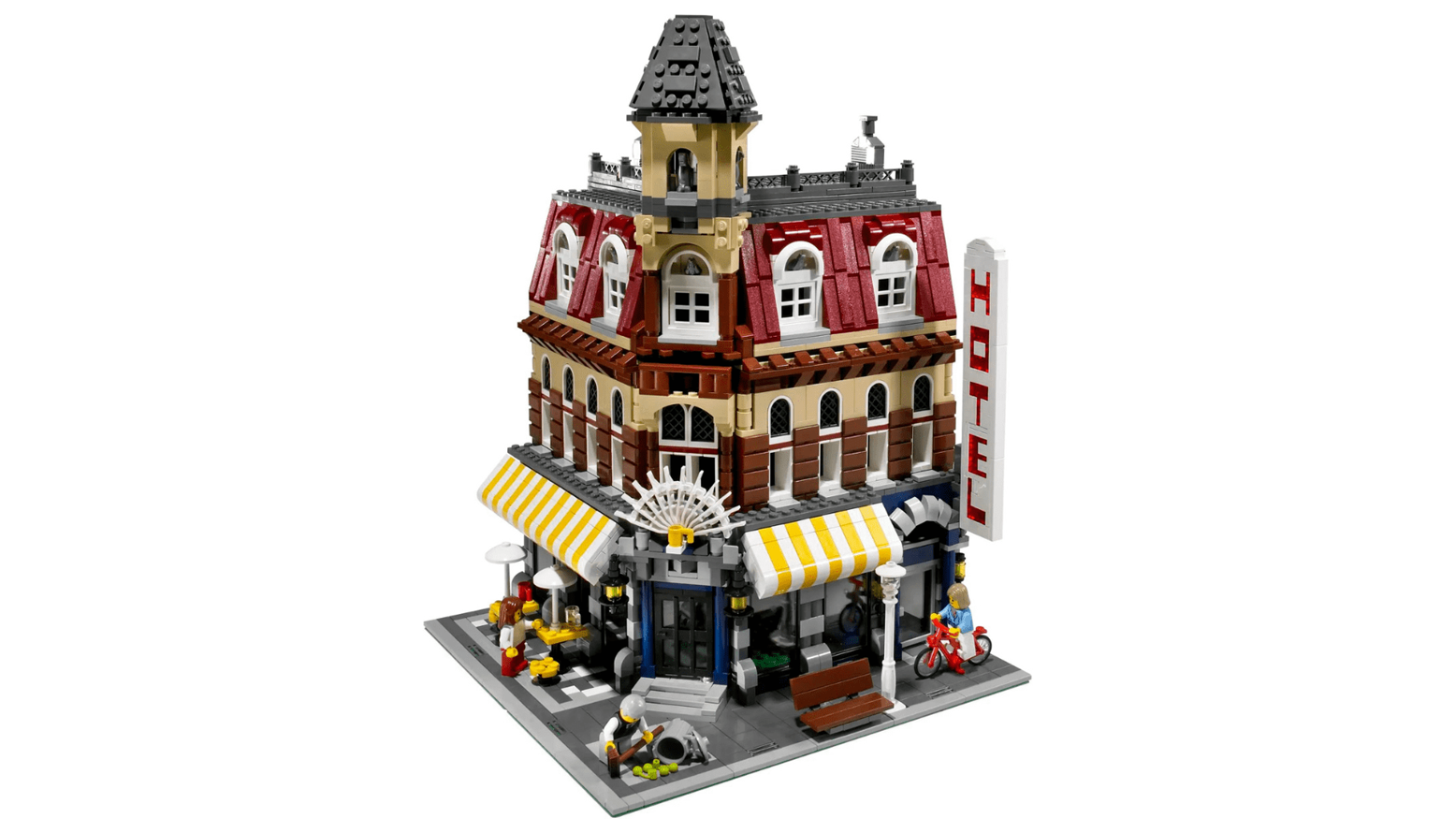
The LEGO® Café Corner was the first of the iconic modular building series and set the standard for all future display-worthy buildings. Because of the limited production run, this set has a market value of around £1,500.
Mr. Gold Minifigure (Series 10)
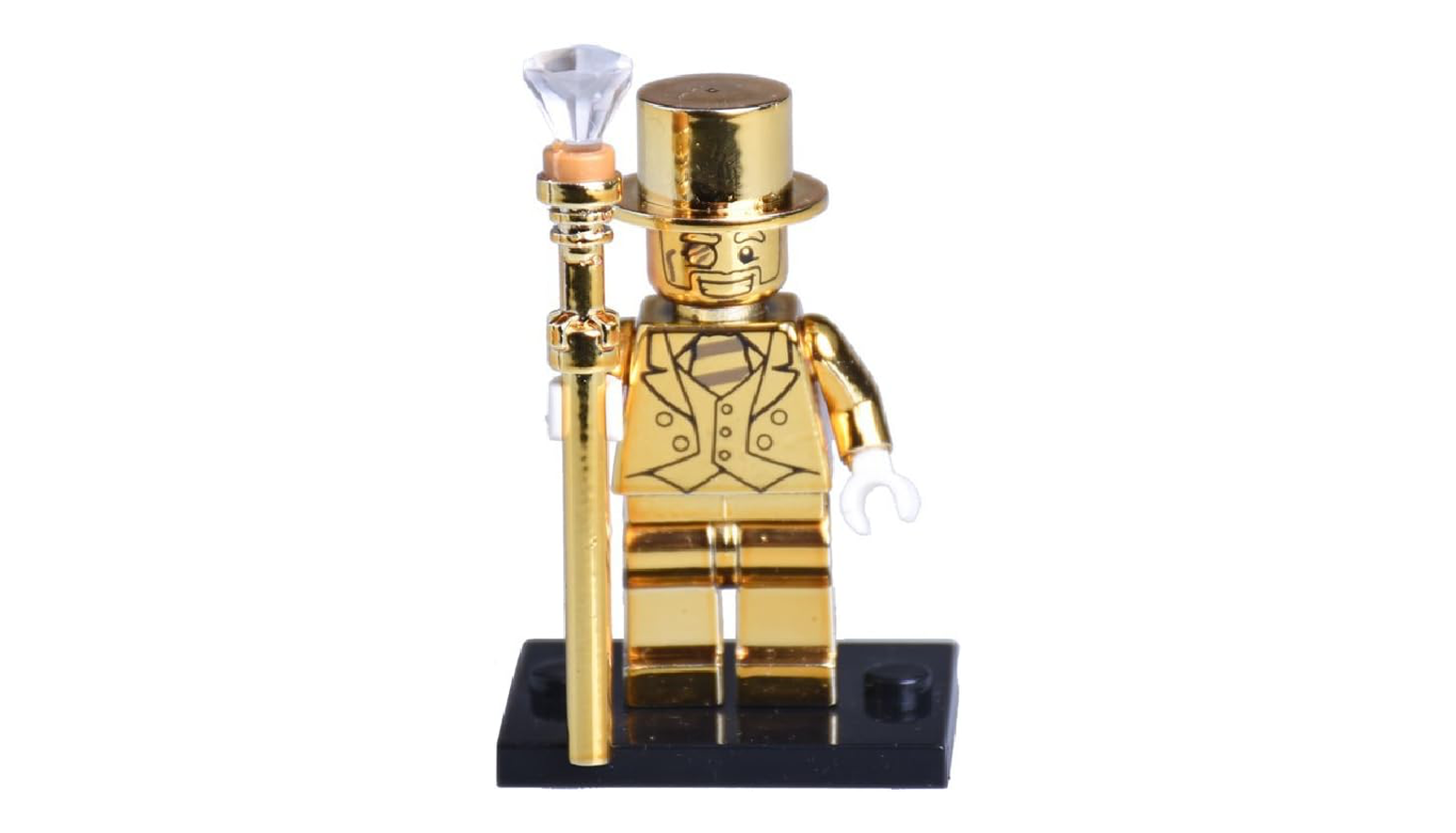
Not a full set, but in 2013, the LEGO® Group hid 5000 gold-chrome Minifigures in the series 10 blind bags all over the world. These hyper-rare minifigures quickly became a must-have for collectors, demanding a value of around £1,000 to £1,500 depending on condition.
Rare and Valuable LEGO® Sets
Now, for some examples of sets that aren't quite as rare as the likes of the first edition Millennium Falcon, but still hold their value incredibly well, and remain accessible to most collectors and hobbyists.
LEGO® Ideas NASA Apollo Saturn V (21309)
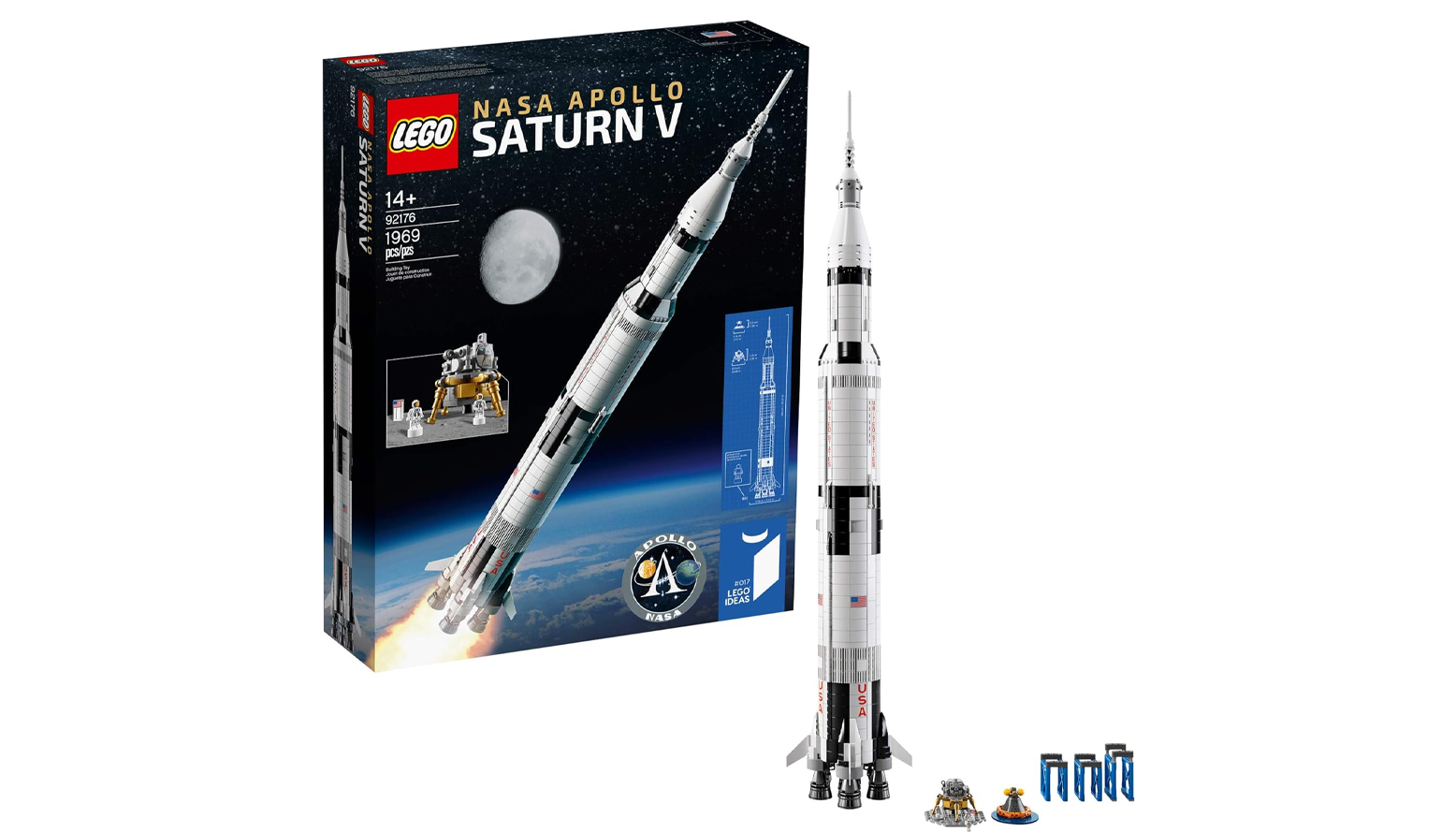
LEGO® Ideas NASA Apollo Saturn V was an instant hit upon its release, and now fetches a respectable £200-£300 on the second-hand market.
LEGO® Stranger Things: The Upside Down (75810)
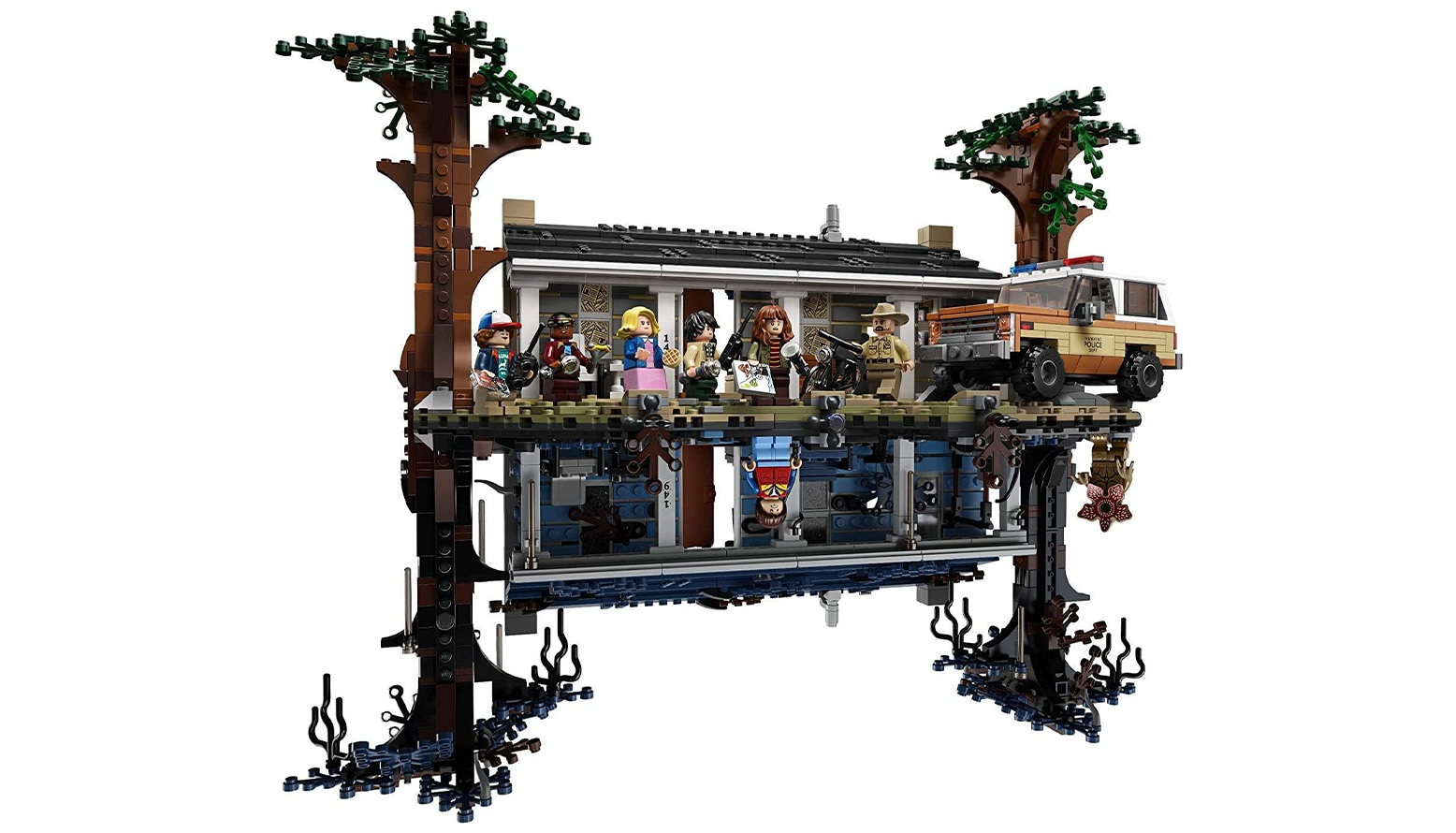
Following the success of the TV series Stranger Things, the LEGO® Group released the Stranger Things: The Upside Down set, which immediately became a fan favourite, and when it retired, it quickly became a collectable, pricing in at around £250-£350, second-hand.
LEGO® Creator Expert Volkswagen T1 Camper Van (10220)
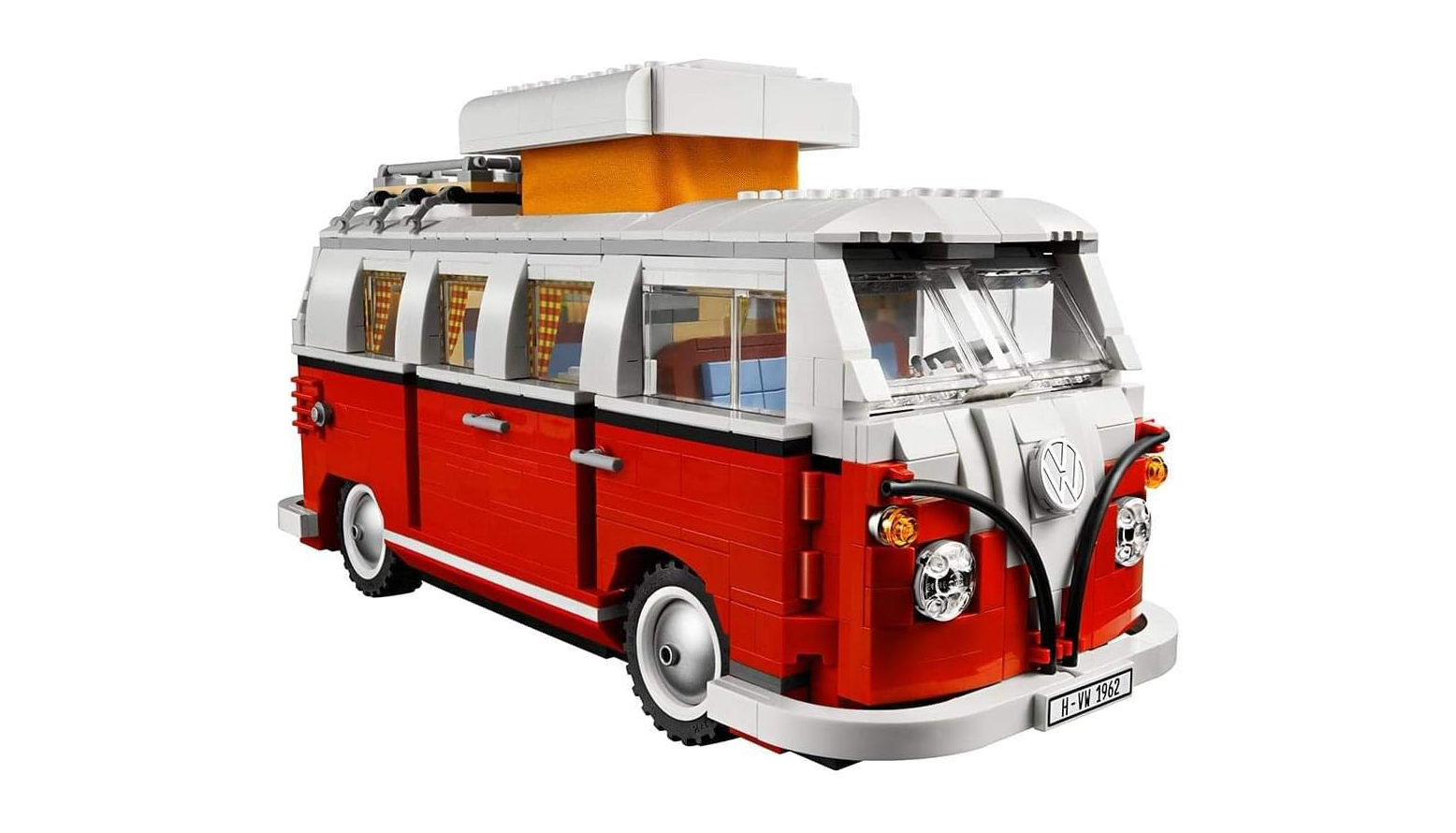
The LEGO® vehicle range has been popular since its very beginnings, and the Creator Expert Volkswagen T1 Camper Van set stands as a testament to that, providing builders with a challenging build which results in a display-worthy centrepiece. Because of this, the set was adopted into the collector’s hall of fame after its retirement. It is currently valued at between £100 and £250, in good condition.
If you have any of these sets, then this could be your calling to start selling. But don’t worry if you don’t own any, there are hundreds of LEGO® sets that fall into the rare and retired category, so it's always worth seeing what you have because you could be sitting on a tidy sum without even knowing it.
How to Sell Your Rare LEGO® Sets
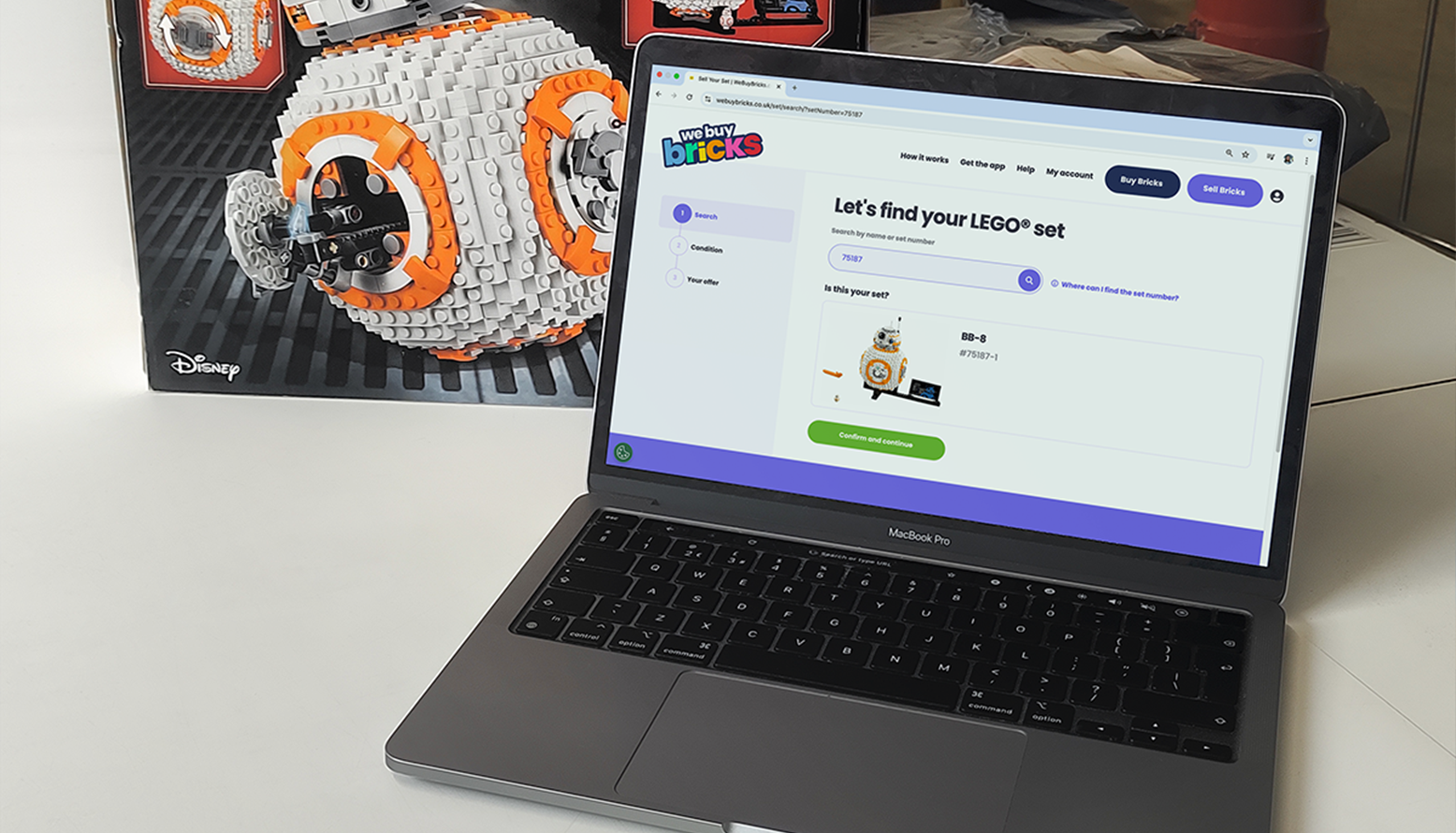
Once you have identified your rare LEGO® sets and you have decided which ones you want to sell, you need to figure out how to sell them – this is where WeBuyBricks comes in.
Selling your rare LEGO® sets is much easier than you might think – there are no long sales chains, no biting your nails waiting for people to bid on your LEGO® sets, and most importantly, no hidden costs or fees. Sound good? Here's how you can do all of this in a few clicks on the WeBuyBricks website:
- Search for your set: If you are reading this, then you are halfway there already. The next thing you need to do is search for your set using the search bar on the homepage, then type in the name or number of your set and click "Search".
- Add to Basket: Confirm that you have selected the right set and fill in the conditions using the prompts on screen. Then click “Sell this set” to add it to your basket.
- Post your LEGO® set: Once you have filled up your basket, you need to accept your offer and get it posted to us, using our free postage label.
- Get paid: When your LEGO® set gets to us, our team of LEGO® specialists will check your sets straight away, and once that is complete and all is well, we will send you your money the very same day.
It's really that simple.
If you are still wondering whether or not to sell your rare LEGO® sets, take a look at some of these benefits:
Benefits of selling rare LEGO® sets to WeBuyBricks:
- Instant Online Valuation – Enter the set number or name, and you’ll get an immediate price offer without having to list, upload photos, or negotiate the price.
- Free, Secure Postage – WeBuyBricks covers your shipping costs, so there’s no risk of losing money before you even make the sale.
- Fast Payment – Once your LEGO® arrives and is checked, payment is processed promptly, and you will get paid the day we get your LEGO®.
- No Hidden Fees – Once your LEGO® has passed our inspection and it matches the condition that you entered, you will receive 100% of you offer value, no deductions or cuts.
- Perfect for Large Collections – Whether you have a single set or an attic full of them, the process is the same: quick, easy, and reliable.
So, that concludes this short guide on how to sell your rare LEGO® sets. We hope that we have been able to give you an insight into the world of second-hand rare LEGO® sets and how you can turn these fragments of LEGO® history into cash earners with ease.